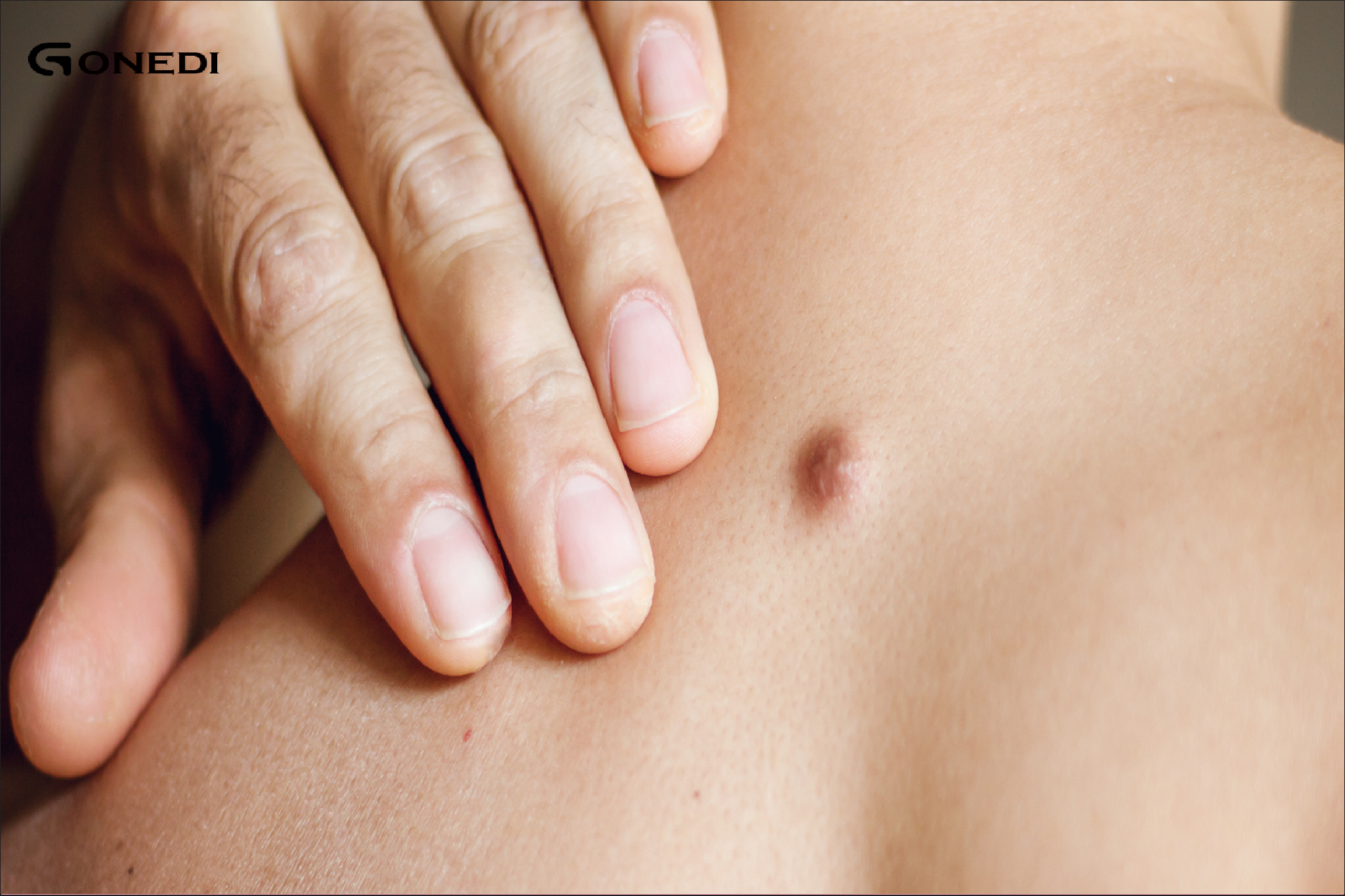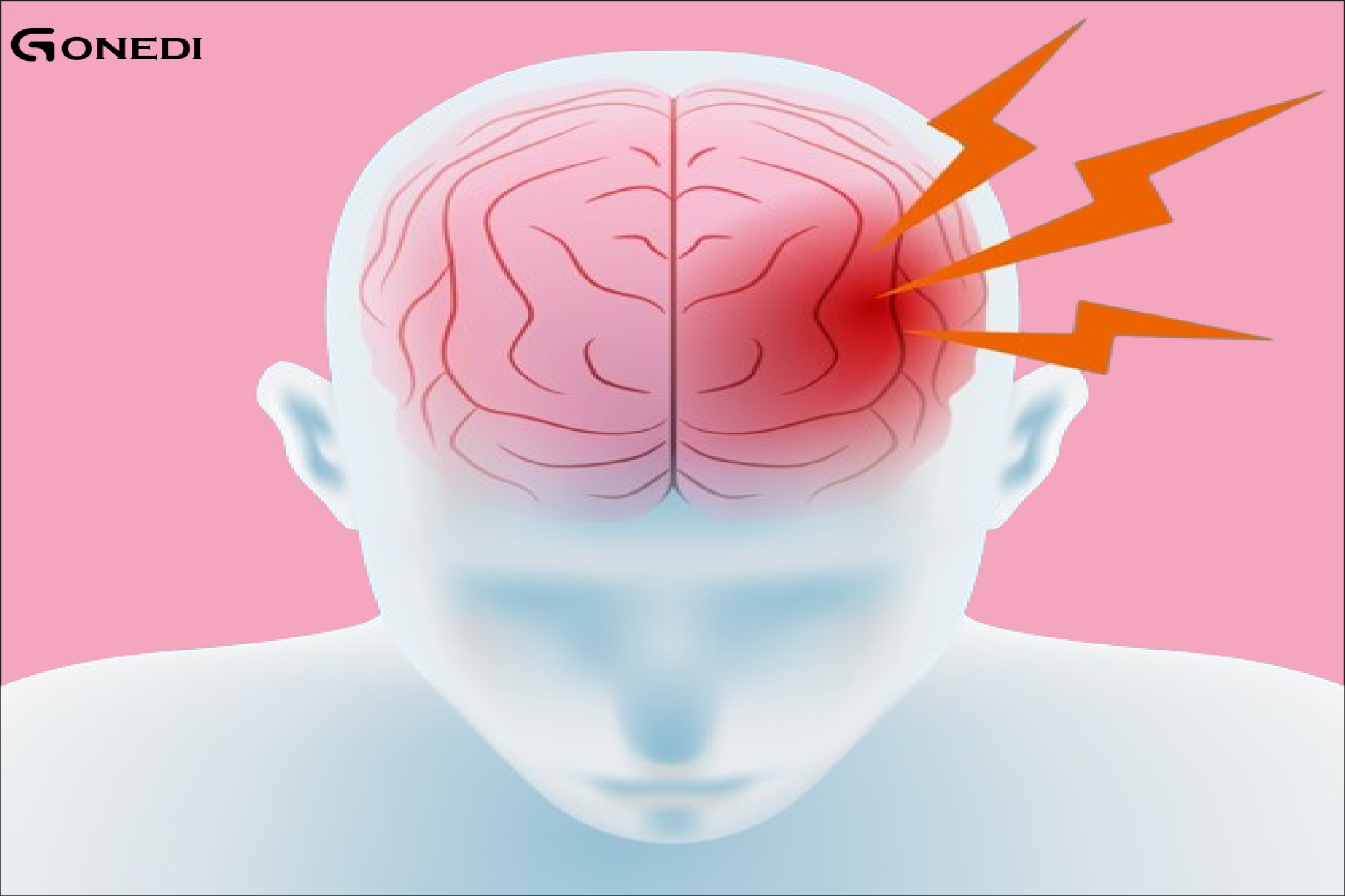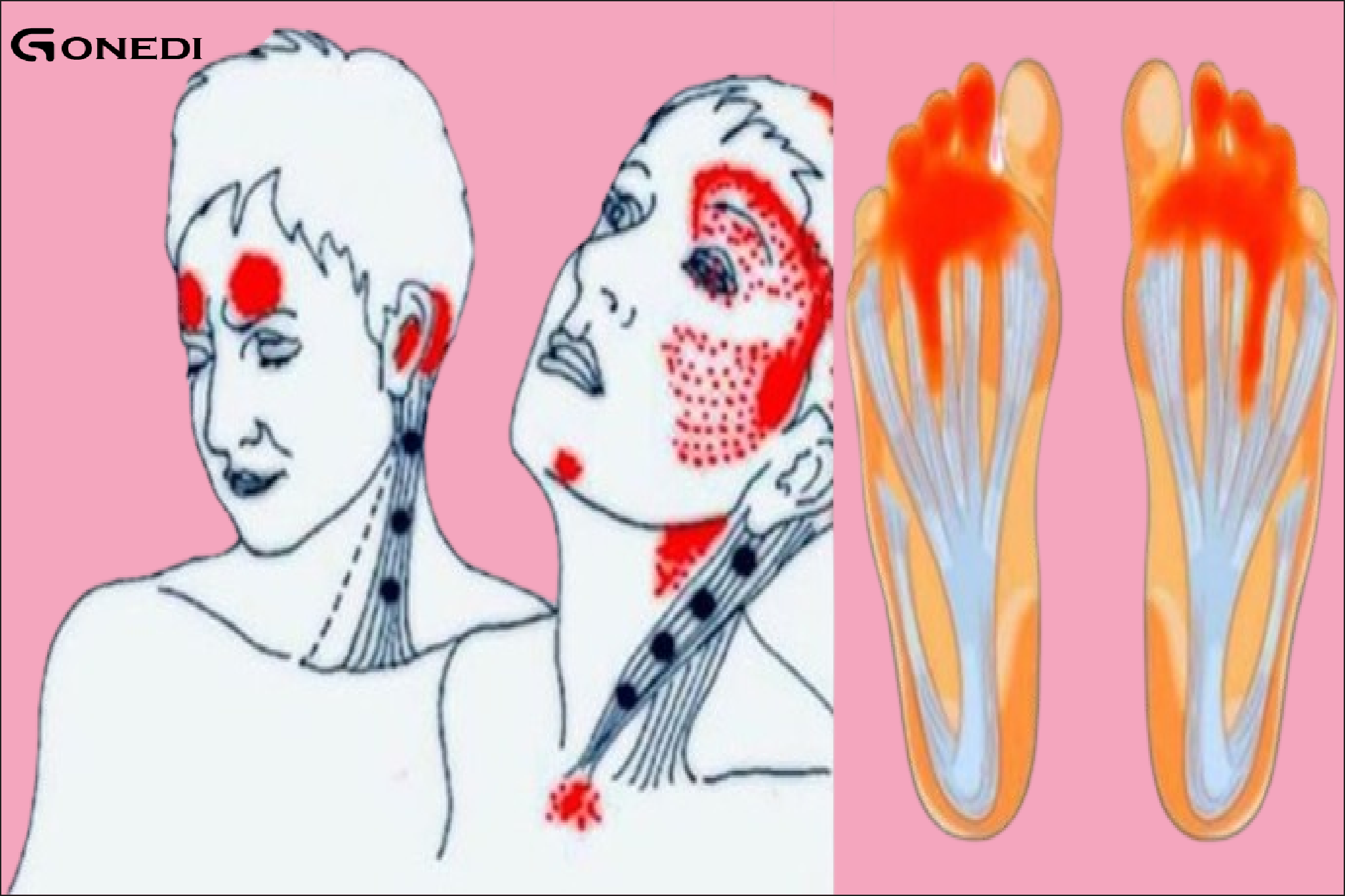What do these red dots on your skin mean?
I am not a medical professional, but I can provide some general information about red dots on the skin. Red dots on the skin can be caused by a variety of factors, and their significance can vary depending on their appearance, size, location, and associated symptoms. It is important to consult a qualified healthcare provider for a proper diagnosis and advice if you have concerns about red dots on your skin. Here are some possible causes:
Petechiae: These are small red or purple dots that appear on the skin due to bleeding under the skin. Petechiae can be caused by various factors, including certain medical conditions, medication side effects, or even excessive straining during activities such as vomiting or coughing.
Cherry angiomas: These are small, bright red, usually harmless bumps that often appear on the trunk, arms, or legs. They are caused by an overgrowth of blood vessels and are more common with age.
Heat rash: Also known as prickly heat, heat rash occurs when sweat gets trapped in the sweat ducts, resulting in red spots or bumps on the skin. It is common in hot and humid conditions.
Allergic reactions: Red dots can sometimes be the result of an allergic reaction to certain foods, medications, or substances that come into contact with the skin.
Skin infections: Bacterial, viral, or fungal infections can cause red spots or rashes on the skin. Examples include impetigo, cellulitis, or fungal infections such as ringworm.
Skin irritation: Irritation from rubbing, scratching, or certain fabrics can cause redness and dots on the skin.
Broken blood vessels (spider hemangiomas): These are small red spots with a central blood vessel resembling the body and legs of a spider. They can be caused by an aneurysm and are often harmless.
Blood disorders: Certain blood disorders can cause bleeding under the skin, which results in red or purple spots.
Autoimmune conditions: Some autoimmune conditions, such as lupus or vasculitis, can cause changes in the skin, including red spots.
It is important to consult a healthcare professional if you notice any unusual changes to your skin, including red dots. They can provide an accurate diagnosis based on your medical history, physical examination, and any necessary tests. If you have any concerns about your skin or health, it is always best to seek guidance from a qualified medical expert.


